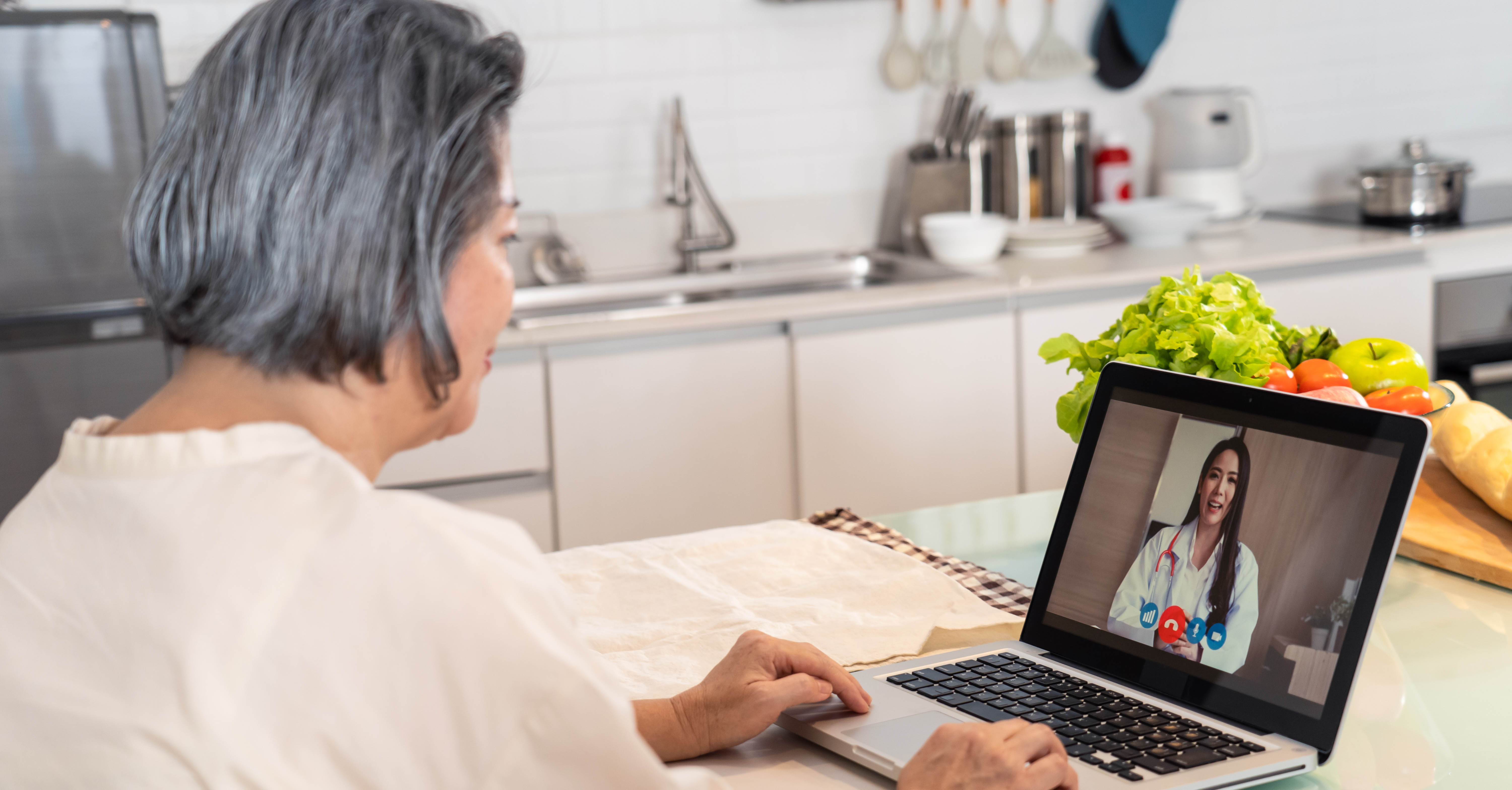Telehealth Services for the Elderly Should Include Caregivers

New research from Michigan Public Health
Family caregivers are often involved in the day-to-day activities of their older relatives, such as communicating with doctors, helping them navigate the health care system and making decisions that affect their care.
But when the pandemic hit, forcing health care systems to switch to telehealth visits, many of the caregivers that would have been involved in in-person care were left out of the process, according to a new observational study published in the Annals of Family Medicine.
"Our telehealth policies and practices need to consider how to involve caregivers," said lead author Minakshi Raj, who conducted the study while a doctoral student in the Department of Health Management and Policy at the University of Michigan School of Public Health. She is currently an assistant professor in the Department of Kinesiology and Community Health at the University of Illinois Urbana-Champaign.
For their study, researchers recruited participants from the University of Michigan Institute for Clinical and Health Research between May 1 and June 30, 2020. In all, 90 participants completed the 10-minute survey.
Caregivers reported that among others, the benefits of telehealth included increased access to health care, limiting risk exposure to COVID-19, and improving the relationship and rapport between older relatives and care providers.
Caregivers cited concerns over their older relatives' ability to access and manage technology independently and the relevance of telehealth for addressing their specific needs, as well as patient-clinician rapport.
"There were some caregivers with relatives that had mobility challenges and so for them, telehealth was great because they didn't have to worry about finding their relative an Uber or somebody to transport them to the doctor's office," Raj said. "The two biggest challenges were whether it's appropriate—say with a wound infection—or whether their relative knows how to use the technology and is comfortable navigating the telehealth platform.
"So, in many cases, getting into the visit requires multiple clicks, requires knowing how to use a computer, turning on the microphone, turning on the speakers, being able to hear. Some of the caregivers described their older relative's hearing difficulties, and so it just became more frustrating because they couldn't hear what the doctor was saying through the computer."
Raj said having a clear understanding of the involvement caregivers can have (many were kicked out of the virtual visits but would have been allowed in-person visits, for example), could help maximize the benefits of telehealth while addressing privacy concerns.
"They were like, 'How do I even access the link? Do I get a password?'" Raj said. "The way that we think about caregiver involvement in in-person care and telehealth is still different. And in terms of telehealth policy and practice, we need to start thinking about how we can better engage caregivers so that they can still stay involved, better support their relatives and also be better supported by the health care system."
In addition to Raj, authors included Denise Anthony of U-M's School of Public Health, Bradley Iott, who was pursuing a joint doctorate from U-M's School of Public Health and School of Information at the time, and Jodyn Platt of the Department of Learning Health Sciences at the U-M Medical School.
